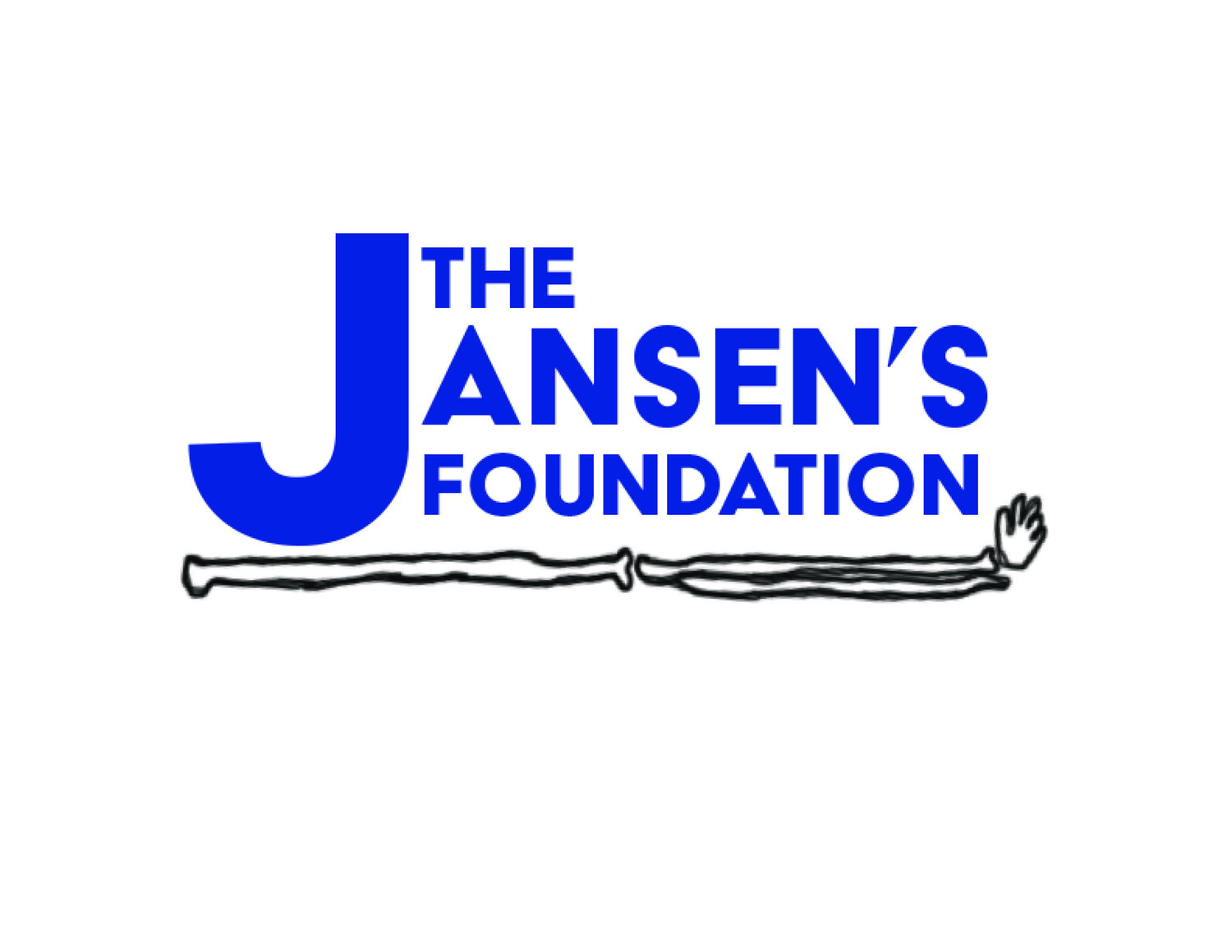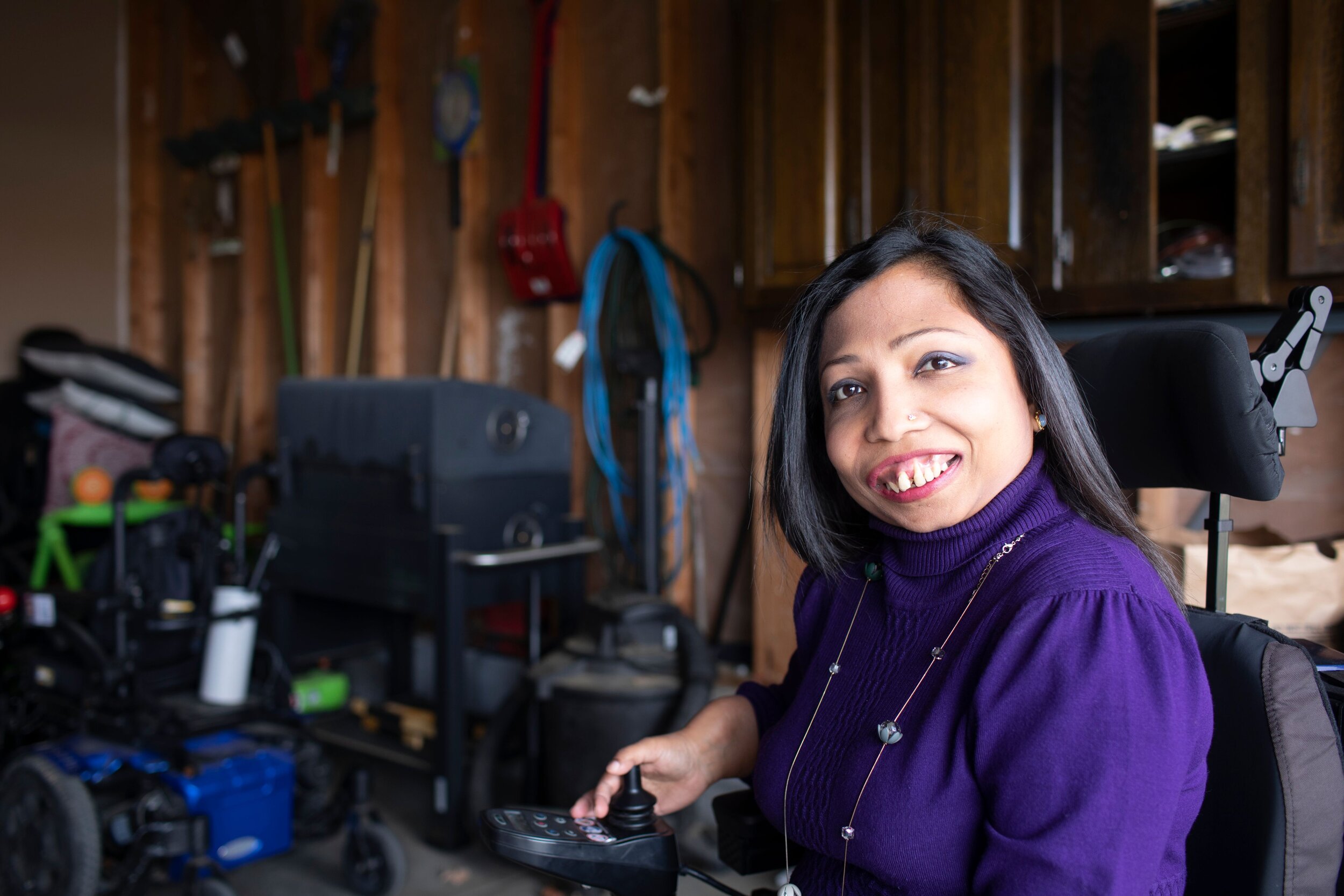Right after my Master’s degree, I decided to venture off and carve my own path. It was the first time I was out of the protective reach of my family and friends. I was spurred by the desire to prove to everyone – including myself - I could thrive on my own despite (or in spite) of my disability.
I received several interview calls. I had, after all, a glowing resume filled with meritorious accolades and achievements. However, after being turned down for jobs I looked highly qualified for “on paper”, it began to dawn on me that my physical appearance may have tipped the decision against my selection. I decided to wear long flowing jackets that covered the bony projections around my wrists, and donned longer skirts to hide my misshapen legs. But my naivety did not mask my short stature, jagged teeth or visible limp.
One employer confirmed my suspicions almost unceremoniously and spared me any further doubt. After travelling half way across town, he stopped me from even sitting down curtly positing: “If I knew you looked like this, I wouldn’t have asked you to come down!”
The words were stilling. Twenty years later with a Doctorate in Educational Leadership in my pocket and an enriching career in Higher Ed, those words still haunt me in the dark.
Today, I am woke to the profound change happening all around me. People with disabilities are raising their voices and demanding to be heard, recognized, and valued. Social media is flooded with voices from friends and emerging role models with disabilities who are no longer willing to accept their space at the fringes of power and decision-making. These voices are busting open the sanctums of healthcare, education and politics. The battle cry, “Nothing about us, without us,” rings loud; the cloak of oppression shed, we are emboldened to forge a brighter path.
However, the clarion call is yet to reach the quiet workspaces where people with disabilities still continue to hide away their disability or lean on a mentor or kind boss to help them navigate the higher ranks of leadership and authority.
Pic by Kathryn Gamble, New York Times
Inclusion Policies that Fail to Include
There are two reasons why inclusion policies fail to account for people with disabilities. For one, leadership fails to acknowledge that people with disabilities can do the work the organization needs done. Two, organizations fail to acknowledge that 3 in 10 white-collar professionals in the United States have a disability, and those in their organization that fall into this “largest minority” group, need support beyond those crisply outlined in compliance manuals enforced by the Americans with Disabilities Act (ADA).
Why Hire People with Disabilities
Besides the ‘moral compass’ premise: hire people with disabilities because it’s the right thing to do, hiring people with different experiences enriches perspectives and strengthens teams. People with disabilities have often encountered difficult environments when navigating a physical world not designed for them. Every day, I explore problem-solving strategies, develop new mental maps, find effective communication strategies, and repeatedly demonstrate resilience simply to do what those around me without a disability can easily do.
Professor Brene Brown says, “The courage to be vulnerable is not about winning or losing, it’s about the courage to show up when you can’t predict or control the outcome.” I have often found myself connecting to others through my own vulnerability. I find myself more open, compassionate, and willing to listen to my students and co-workers who struggle in dark places. Being able to confront your own weakness is critical to great leadership and those living with disabilities constantly face their own weaknesses and flaws in their environment. As Brown points out, this broader view creates within us a language of empathy which is a vital tool for empowerment of both individuals and organizations.
At Harvard Medical School - Guest Lecture, 2019
Disability and Leadership
My disability has made me more eager to be successful. In fresh roles and new environments, I have found myself constantly articulating my ability because most people either consciously or unconsciously assume that “disabled” is equivalent to “not able”.
After being overlooked for a senior leadership position, I was very kindly informed: “You need more leadership experience” even though I was the only one with a Doctorate in Leadership among the candidates and the interviewers!
Leaders with disabilities must explicitly articulate and repeatedly demonstrate the value that they add to an organization, on a team, or in a specific role more than abled leaders.
Friends with disabilities report never asking for help for fear of reinforcing stereotypes of people with disabilities as weak and needing support. This sheer resilience to get past setbacks and obstacles, and adaptability to engage in changing environments are ironically some of the highest qualities of effective leadership.
The Loudest Voices
In the attempt to have our voices heard, people with disabilities engage in a quest for social justice unbeknown to us. We constantly fight the urge to scream: “That is unfair” when yet another project is not credited to the one who toiled over it, and are left wondering whether it is right to voice a concern. To speak up. To cause a stir. To shake the neatly held belief that people with disabilities are more than “able”, and may actually excel in the work they do would be a travesty that could impact the chances of ascension in the ranks.
We quietly champion the underdog in an unconscious desire to balm our own cuts.
People with disabilities walk a tight rope. We cannot be too assertive least we come off as “intimidating”. We cannot be too timid for fear of being seen as “weak”. Within the narrow confines of this able-bodied space, it is up to us to understand and demonstrate how we will create value.
ASBMR Conference 2018
Culture Change
For people with disabilities to succeed in the workplace, a culture must be in place that not only accepts their presence, but embraces it. Organizations breaking ground in disability inclusion are challenging the mindsets that impede hiring people with disabilities and supporting them in achieving their professional aspirations.
The same structures that are in place for other diverse groups should be adapted for people with disabilities. A commitment at the top to establishing an inclusion policy and adhering to leading benchmarks set by the Disability Equality Index (DEI) will set the tone for others in the organization to follow. Through inclusion training and structures of accountability, these policies will become second nature in an organization’s culture.
Understanding disability and leadership still needs more research. There is a deep well of knowledge that can be mined from the long history of the disability rights movement. The tide is high for change to occur. The view of people with disabilities as “weak” or “feeble”, “intimidating” or “scary” is a chapter in a yellowing book that long since needed to be shred.
The image in its place is raw and real, powerful and capable of leading.



